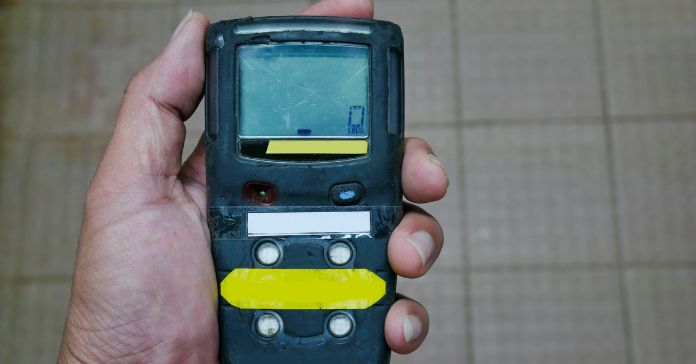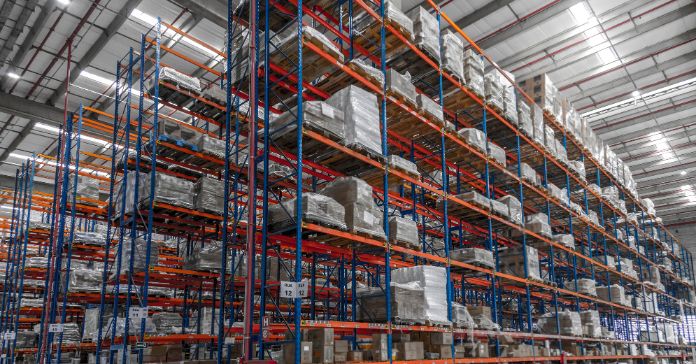
Some people prefer to garden in the open air. Others prefer to garden indoors, where they can enjoy plants and greenery all year round, regardless of the weather. While indoor and outdoor plants share the same basic needs for sunlight, water, and nutrients, they also have several key differences. Let’s explore these differences and shed light on the unique characteristics of indoor and outdoor plants!
Light Requirements
Indoor plants generally require less sunlight compared to their outdoor counterparts. They thrive in areas with indirect or filtered light. Outdoor plants, on the other hand, depend on natural sunlight and need direct exposure to grow and flourish.
Temperature and Humidity
People typically house their indoor plants in contained environments, such as homes or offices. This works because indoor plants thrive in places with stable temperatures and humidity levels. If there are any fluctuations in temperature and humidity, they can adversely affect their health. Outdoor plants adapt to seasonal changes and can withstand varying temperatures and humidity levels.
Air Circulation
Indoor plants lack the natural breeze and air circulation that outdoor plants benefit from. To compensate for this, you must provide proper ventilation and air movement around indoor plants, as stagnant air can lead to fungal diseases. Outdoor plants get natural air circulation, which helps to strengthen their stems and prevent pest infestations.
Fertilizer Needs
While both indoor and outdoor plants require nutrients for healthy growth, their fertilization needs differ. Indoor plant soil is a special mix that contains slow-release nutrients. These nutrients provide all the sustenance plants need to grow up strong and healthy. However, they’ll eventually deplete, and you’ll either need to repot your plants in new soil or supplement them with indoor plant fertilizer. Conversely, outdoor plants rely on the soil’s natural fertility. If the soil is poor, they may require more frequent fertilizer application, especially during the growing season.
Understanding the differences between indoor and outdoor plants is crucial for successfully cultivating them. Whether you prefer the convenience of indoor gardening or the joy of tending to plants in the great outdoors, providing the appropriate care and environment will help your plants thrive.







